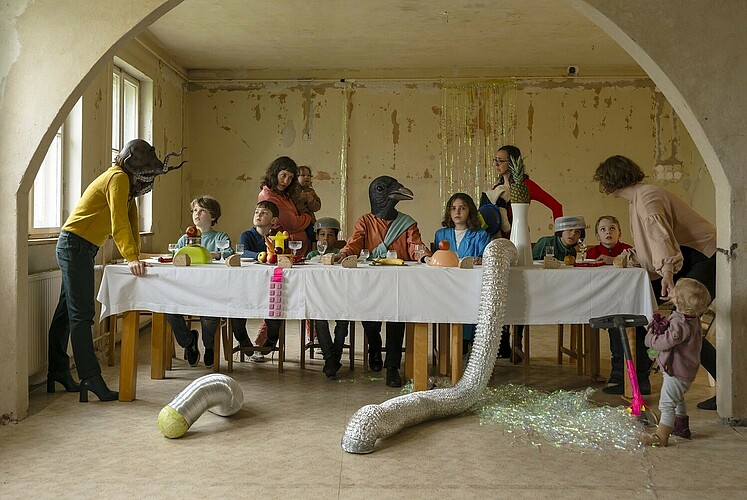Housing Otherwise
What would housing look like if its design centered on carework? This is the guiding question in reimagining housing models long structured around the self-sufficient nuclear family. In these traditional settings, private units serve as the primary sites of carework, with little attention given to communal living or shared caregiving responsibilities. As Nancy Fraser observes, contemporary care is marked by a stark divide: those with resources can outsource it, while those without must shoulder it alone.
Today, the nuclear family is no longer the prevailing norm, and we increasingly understand that carework becomes more meaningful and sustainable when distributed. Housing design should reflect this shift. Housing Otherwise begins from the conviction that housing can be reimagined as a space where care is shared, distributed, and collectively sustained. We ask: What if homes were designed to weave together the lives of neighbors as much as those of families? What if the care of children and elders were not an individual burden but a collective responsibility? What if housing itself could function as an infrastructure of solidarity, enabling new forms of kinship, intimacy, and interdependence?
Another contemporary issue we would like to address in the studio is the growing recognition of loneliness as a global public health concern, as declared by the WHO in 2023. This silent yet chronic condition affects not only the elderly, but also increasingly the younger generation in their twenties, especially as the proliferation of social media and digital technologies paradoxically contributes to social isolation.
The site for this semester’s assignment is the Steglitzer Kreisel high-rise, a former office building about to be converted into luxury housing. Frequent contract withdrawals, ownership changes, and legal disputes, however, have brought the project to a standstill. For nearly a decade, the building has presented itself as a concrete skeleton on the city’s southern horizon. On one hand, it is a generic example of international style architecture ripe for transformation into housing; on the other, it invites us to imagine a housing future beyond its commodified, individualized form.
By engaging these questions, we aim to open the field of housing to broader social concerns and articulate possibilities that extend beyond the market logic of individualized living. Housing Otherwise envisions forms of cohabitation that recognize care as a central dimension of life and cultivate conditions for it to be shared more equitably.
